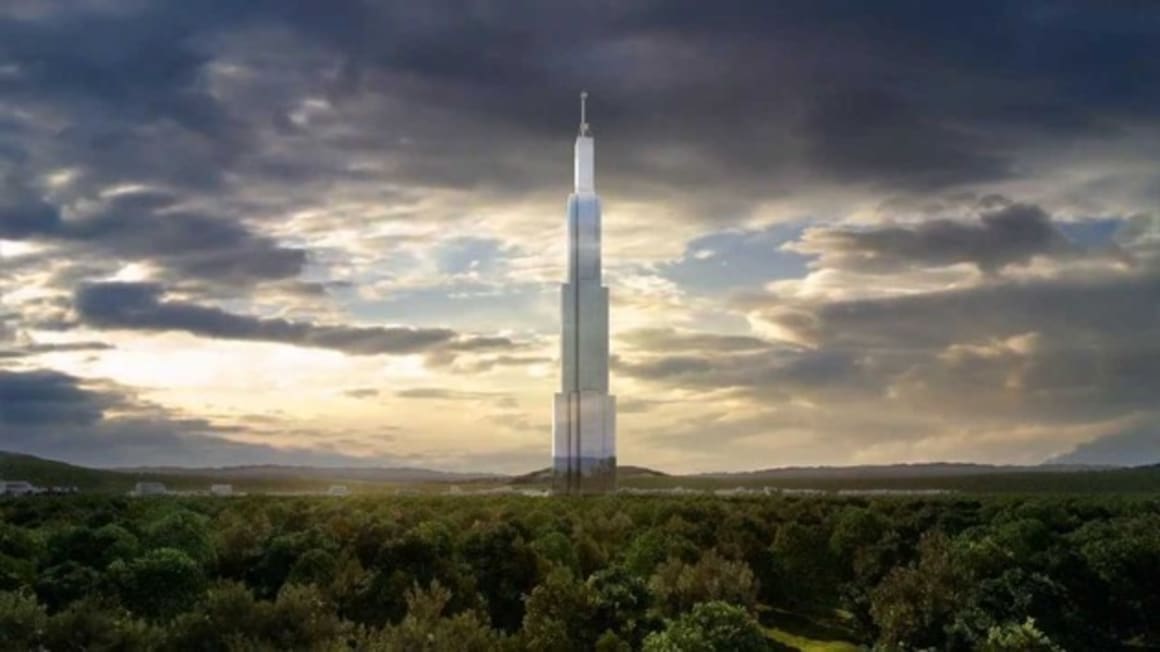The world's largest building is being built; pre-fabricated, in just four months! Peter Chittenden

Back in late June I carried some news about a ‘tiny’ home designed architect Renzo Piano, described as “a technically perfect and aesthetically attractive refuge, testing the potential of the minimalist house.”
Now comes the world’s tallest mixed-use building in Changsha, China and while the scale is very different these two buildings they do share the fact that both are pre-fabricated.
The tiny house is equipped with everything you need and the same is claimed for Sky City; although, with its 27 meters foundations Sky City is setting many different records and clearly on a far greater scale.

While the South China Morning Post quotes a professor of architecture from Tsinghua University who calls the scheme “insane” the project boasts some amazing statistics.
From January 1, 2014 the prefab floors and structure will start to be assembled on-site and the aim is to top off the structure in April 2014.
Yes that’s correct, all 202 floors in just four months.
And while at 202 floors the aim is to be recognised as the world’s tallest building, there are claims of a wider goal that might well impact China’s urbanisation policies.
Sky City aims to pioneer an environment that is healthier, saves energy and land and with less building material.
If Sky City was to be built as a conventional residential estate, it would occupy two square kilometres of land and need to accommodate parking for more than 2000 cars. In contrast as a tower Sky City is planned to accommodate apartments, offices, schools, shopping, a hospital and recreational facilities in just the one (very tall) building.

As a resident of Sky City if you feel like stretching your legs then via a continuous internal ramping ‘street’ you will be able to walk from the ground floor to the 170th floor.
A variety of public spaces will serve as civic squares, playgrounds, tennis courts, swimming pools and theatres.
The estimated 280,000 pieces the building sections are being built via a process described as “similar to aircraft component management.”
Sky City will contain eleven million square feet and cost an estimated US$1.5 billion.
There have been concerns express about the social implications of such a concentrated urban environment and some safety concerns.
Like the time required for an emergency evacuation and its ability to resist earthquakes – the building has been designed to withstand a magnitude 9 earthquake.
Clearly the amount of prefabrication and construction between Sky City and the world’s smallest house are worlds apart but there are common factors.
Both address concerns of housing density, energy efficiency and building innovation.
I find this an interesting comparison once you account for scale still I think that the conversation is much the same as we look for varied housing options across our world.
Peter Chittenden is managing director for residential of Colliers International.